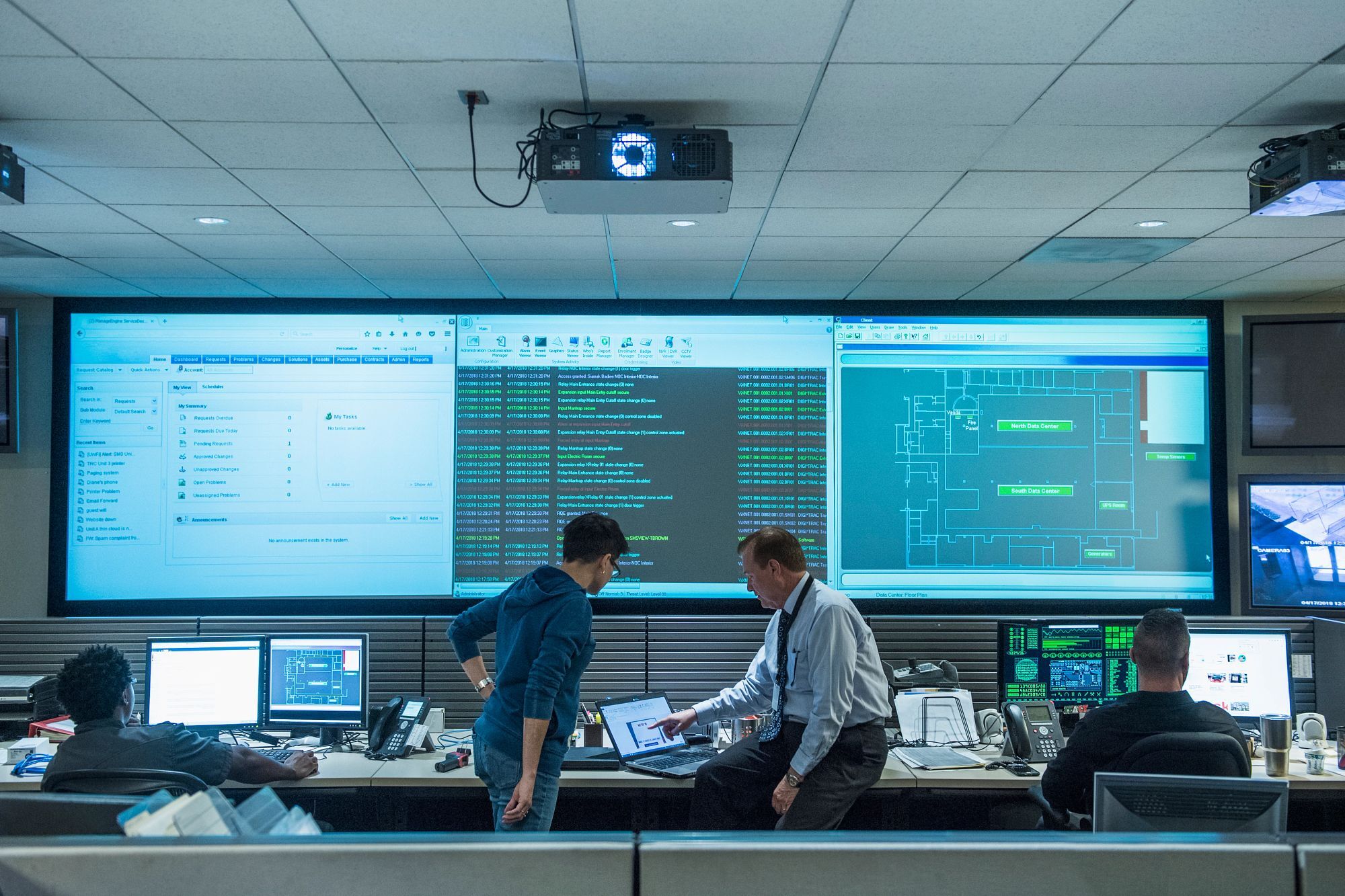Turbocharge Your Induction and Internal Transfer Training

We sometimes train new employees or internal transfers by providing them with a list of procedures they need to read and understand before starting their role. This approach doesn't always lead to a well-trained, fully educated, and motivated team member, so is there a way of providing more focused and relevant effort to reap bigger rewards in a short timeframe?
The strongest training is designed with the optimal balance of reading materials, structured courses, and hands-on learning. NSF develops health sciences training with this in mind by structuring courses around the 70-20-10 model. The same approach can be applied when organizing new team member inductions and transferring people within your organization.
Although we recognize the importance of procedure and documentation, we also know the retention of information decreases when people are faced with endless lectures and reading. So, what's the perfect balance? This is where the 70-20-10 model comes in:
- 10% – Time spent in learning and development through structured courses and programs
- 20% – Time spent in a safe environment for the individual to practice and apply what they learn. This could be time on a pilot non-GMP line with real-life examples of deviations or rapid specifications that the trainee could review, or time spent shadowing an experience employee.
- 70% – Time spent in on-the-job practical application with an experienced peer to provide coaching and reinforcement of training.
Read how we applied the 70-20-10 approach to a pharma education program on deviation and CAPA.
A Better Model for Health-Sciences Employee Training
The content covered in the structured portion of the training program (10%) will change most significantly for employee inductions vs. internal transfers, but the concept remains the same. Let's look at a few examples to help illustrate the application of the 70-20-10 model:
New Employee Induction
For new-employees induction programs in pharma, you first want to ensure they receive information on how to work safely within your organization, understand organizational culture and values, and are given a thorough introduction to GMP. This all makes up the structured portion of the training (10%). From there, you could move to familiarization with the team they are joining and provide a test learning environment where they can practice elements of their role (20%) before finally moving to specific hands-on, on-the-job elements and their training with an experienced partner (70%).
Transfer: QA to Production in Pharma
In this scenario, the employee will likely already have an excellent understanding of the quality management system (QMS), be comfortable with batch records, various processes, and be familiar with the manufacturing facility. However, they may not be familiar with the practicalities of being in production; they may not have interacted with the equipment, cleaned the facility or used any of the associated equipment software.
So, the structured portion of the training (10%) could be spent reading through validation documents to understand the critical process parameters, key cleaning steps and critical equipment components. The learning environment would still include practice with equipment or shadowing for aspects such as equipment maintenance, calibration and validation (20%). For example, is a piece of equipment undergoing maintenance or validation that the individual can observe? Is there any small-scale equipment that the individual can familiarize themselves with before using it in real life? Then, finally, hand-on learning with a mentor (70%). This person can provide the continual mentoring and coaching required for the individual to become proficient in their role.
Transfer: Quality Control to Quality Assurance in Pharma
An employee in quality control (QC) will already have some experience interacting with the QMS and will be familiar with testing methods and specifications. However, if quality assurance (QA) interacts with all aspects or production, validation, engineering, etc., the QC employee may not have this wider understanding or knowledge of key regulations governing the products and production site.
In this scenario, training could begin with a demonstration/review of key processes and associated regulations in the QMS. The transfer employee could then spend time in the departments with which QA interacts to understand and learn key processes and concepts (10%). The most crucial aspect of the training would be the review of already completed batch records and deviations, with interactive sessions on issues found, investigation methods used, and outcomes with the effective capital in place (20%).
Finally, the trainee would be paired with someone who can answer questions and address concerns as the transfer employee takes on team responsibilities (70%).
Transfer: Engineering to Production
An employee moving from engineering to production will be comfortable with the manufacturing environment, have an excellent understanding of the equipment, and be familiar with GMP. However, it is likely they will lack hands-on, practical understanding and a more comprehensive knowledge of the processes. They may also not be familiar with performing deviation investigations.
In this scenario, process education — becoming familiar with the critical process parameters and how the equipment produces the product — would be structured (10%). With that foundation, they could move to QA to learn the QMS and identify common errors and how previous deviations have been investigated (20%) before moving to hands-on, mentored training (70%).
Key Messages
These examples are illustrative only as your needs will depend on the employee's experience and existing knowledge and your unique business. Still, they offer a clear look at how to embrace the 70-20-10 model. Keep this approach in mind to train with a focus on the why rather than simply the how. This approach will enable an individual to understand the consequences of not doing something correctly.
Don't train for compliance sake. People will need to read and understand procedures, but this should not be in one big chunk that makes up 70% of an individual's training. Ensure that this is done alongside the individual's learning experience and accompanies the hands-on learning.
Training should be interactive – use all the different learning styles to meet all individual's training needs.
And importantly, the ideal trainer is an experienced peer, someone who is already in the role and can continue to mentor and train as needed over time. This approach allows all employees to develop a clear, meaningful understanding so they can become truly competent — and confident — in their roles.
NSF offers interactive training courses for the medical device, IVD, pharmaceutical, dietary supplement and cosmetic industries.
Health Sciences Training Solutions
NSF Can Coach and Mentor Your Employees.
Get in touch with more information
How NSF Can Help You
Get in touch to find out how we can help you and your business thrive.

What’s New with NSF

NSF Granted Reauthorization as a CMMC Third-Party Assessment Organization
January 8, 2025
NSF Celebrates 50 Years of the Safe Drinking Water Act
December 16, 2024
Brooklands New Media’s Publication On NSF’s Global Animal Wellness Standards (GAWS) Not Endorsed by NSF
November 25, 2024
